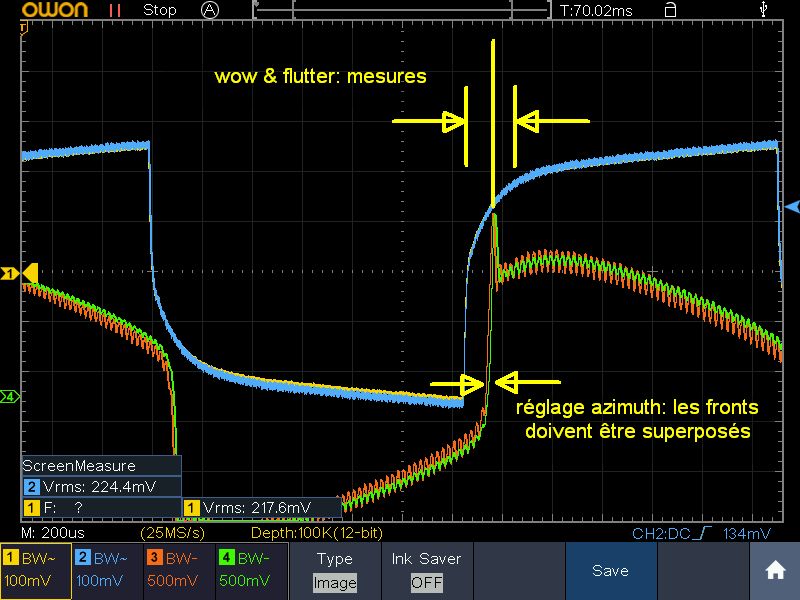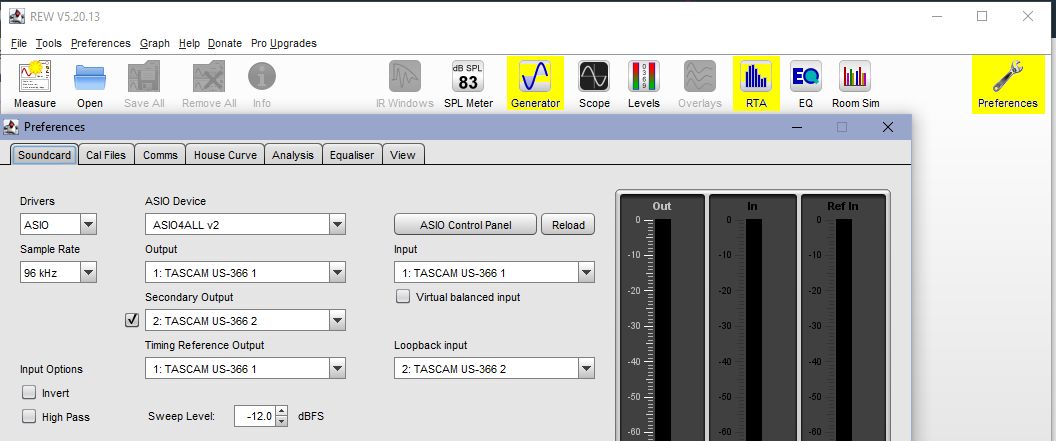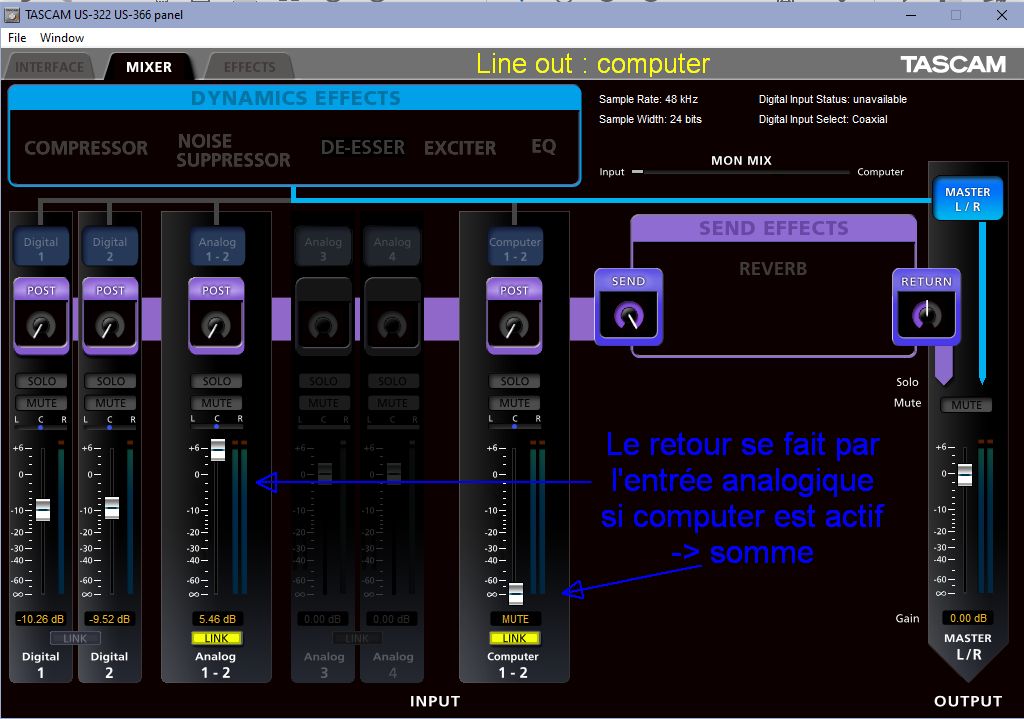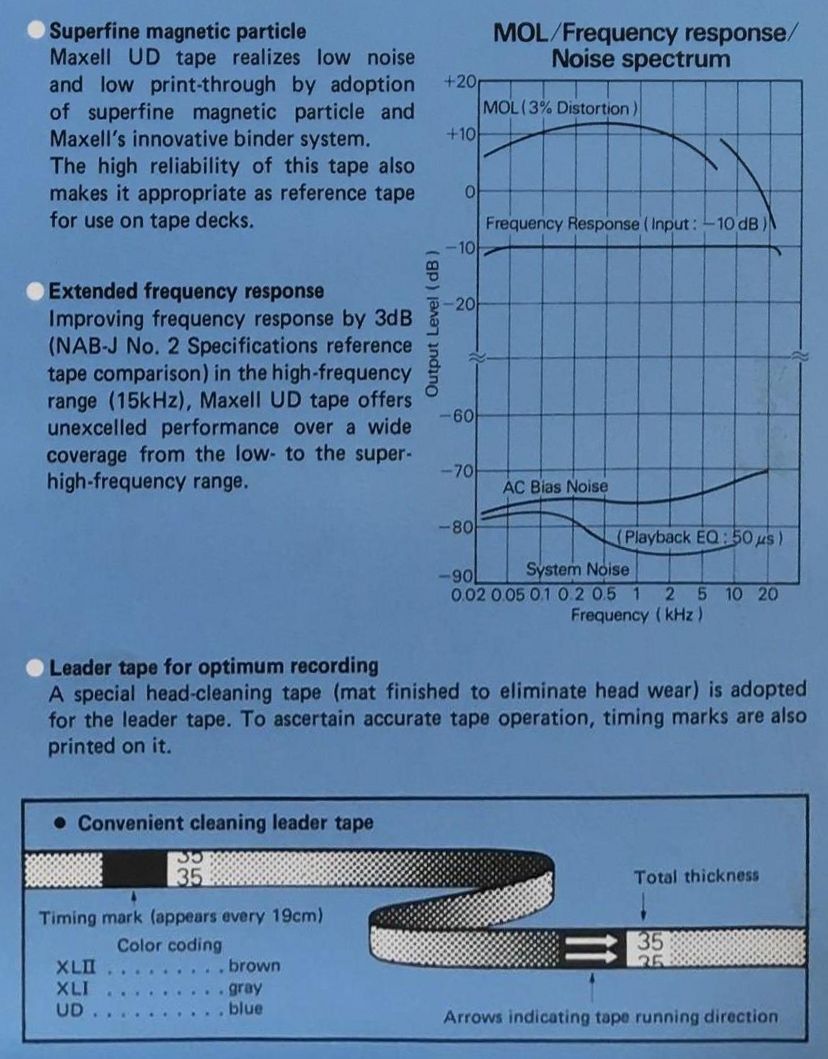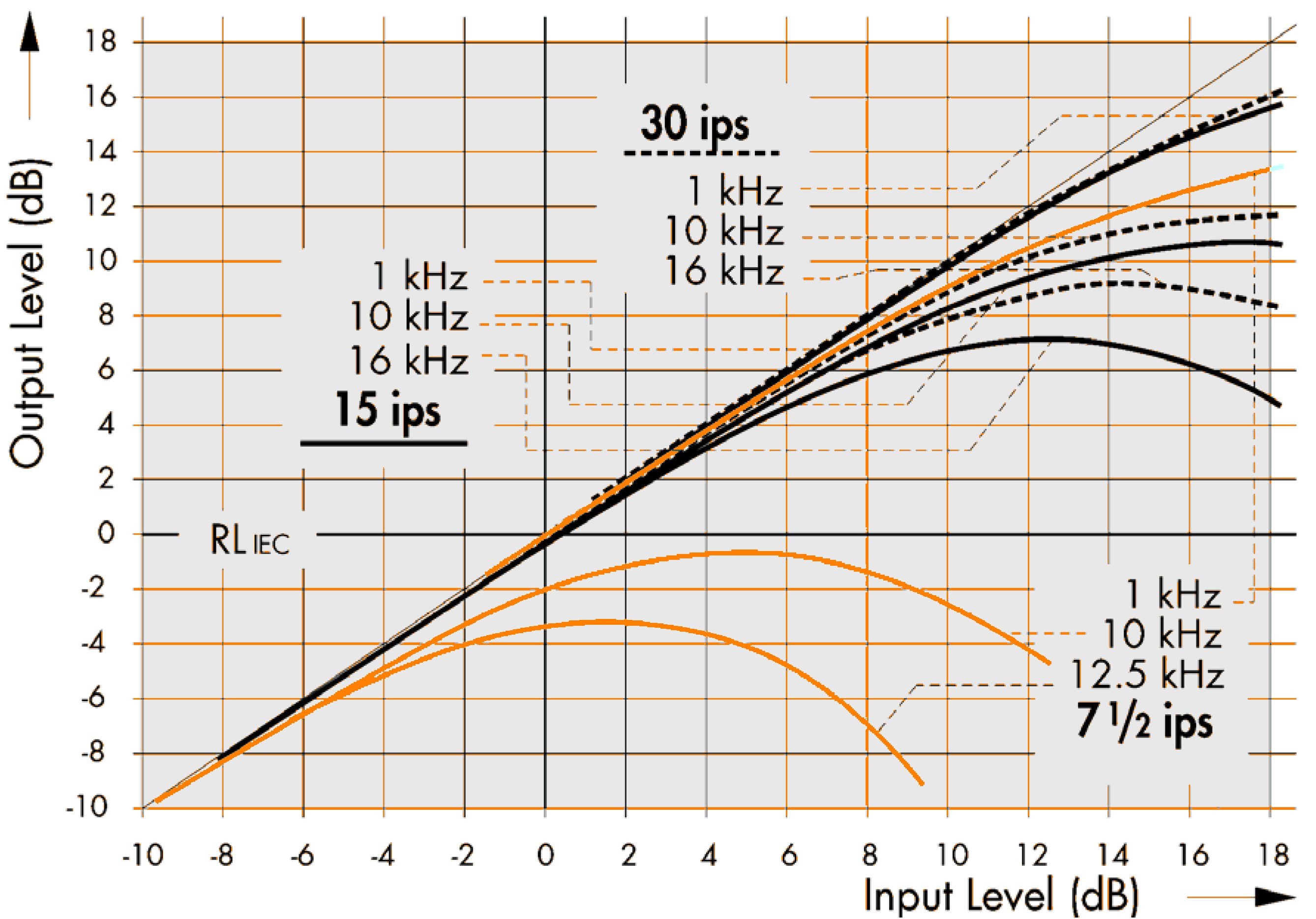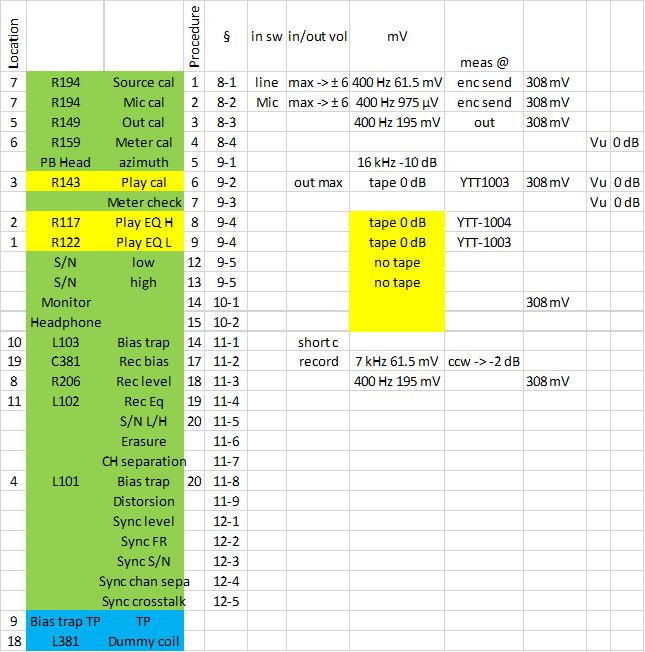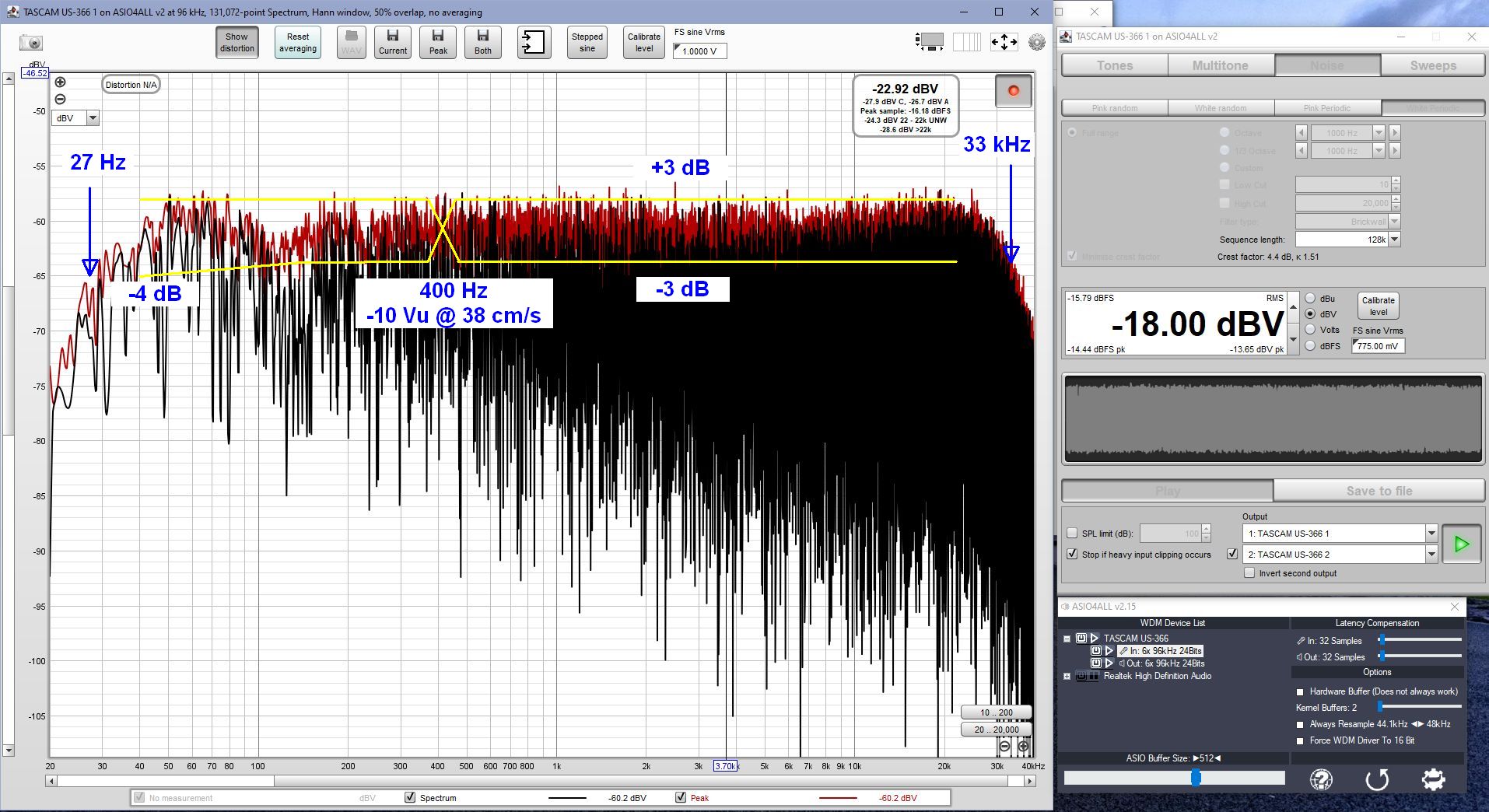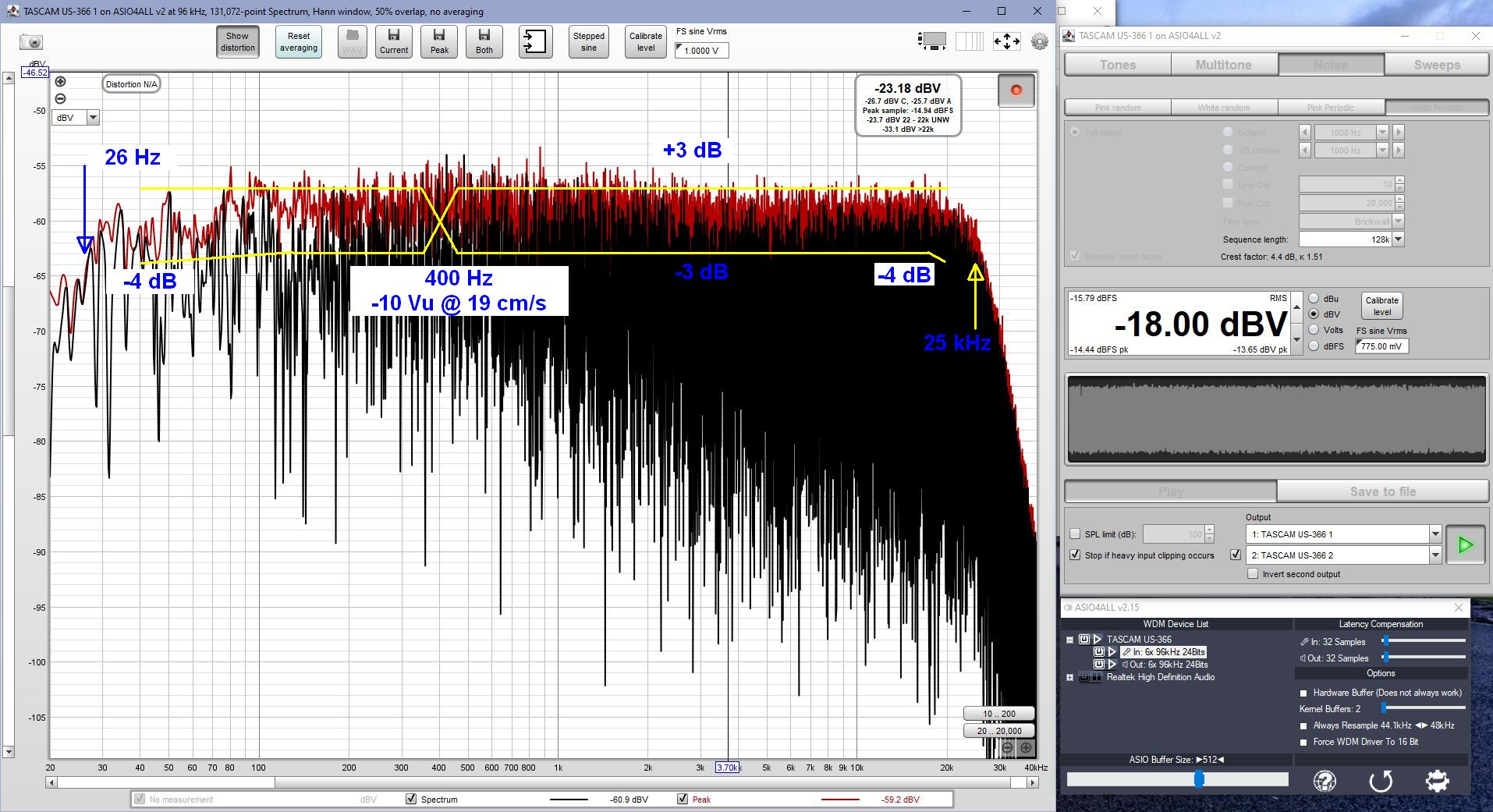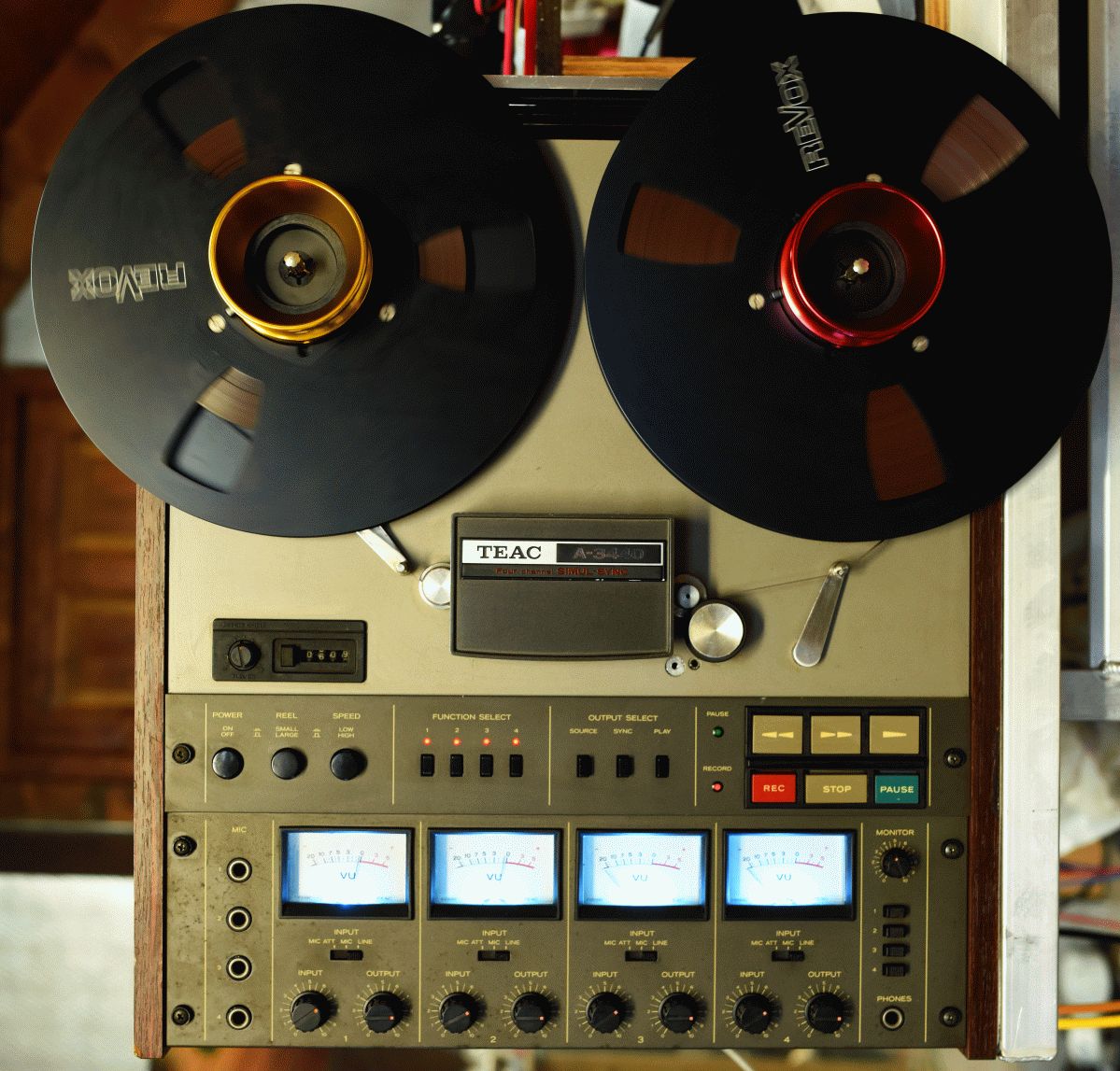Hello,
I risk this tutorial which will certainly cause a lot of reactions;) it's a summary of everything I could find on the forums, in articles and what I understood. There is a part of improvisation, like in my job R&D (electro-mechanical). As in my job too, I have already heard "it's not how we do it" and many others, this did not prevent me from applying for 8 patents in the field of magnetism with products that work fine
My mother tongue is French and in a first step, I will publish with a google translation. As it is still under review (original in French) there will be a delay for any change or if I receive comments.
It's different from what technicians are used to doing, even if they are very experienced, because they use official procedures with such a device, such tape, such material. The goal is not to be absolutely strict and will be reserved for Mr (Ms) everyone's material and more difficult for the studio. in particular, the settings are for tapes that you record and play back on the same device, there may be discrepancies if the tapes are played or recorded on another device.
I note that sometimes several standard strips are needed for the same device, they differ according to the devices; they are very expensive (60€ to 260€ observed) and are sometimes copies and/or no information is given on the precision or the reference device (standard).
A big investment when it is probably better to put your money in a good oscilloscope
like 14 bit (set to 12 bit on photo) 4 ch 100 MHz
There are several reference standards, I only own the IECs and have found partial copies of the NABs.
Necessary material:
- quality blank magnetic tape, the type you will use on reel of the same size (7 or 10.5")
for this tutorial, I used the RTM SM911 1/4" 1100m NAB model from THOMANN on a Revox 10.5" black spool
attention, delivered in a wafer and it is a 12 ". An improvement of the BASF tape and after listening and my measurements, excellent results. No problem when transferring the wafer to reel with the A-3440 (it is necessary anyway during assembly "slide" the 30 cm strip on a slab in the Revox spool and move the left tension lever aside during installation, before fast winding) - VAC multimeter with 20-20kHz bandwidth (3% if possible) function generator (or sound card, see below); I finally use a VOLCRAFT VC7200 BT equivalent to Multicomp pro MP730028 US
- oscilloscope at least 2 channels, 4 is a plus for a 4-track, voltage probe for TP (test point)
note: many CN models with identical hardware, often the firmware (including menus) is not the same and sometimes this changes everything
- sine waveform software, white noise, sweep like the very good free software REW, you just have to register, but you can make a donation. In my eyes, it is really well done with regular updates (12/2022)
- sound card in my example TASCAM US366) sampling >= 88.2 kHz for bandwidth (not 48 kHz as photo)
- first adjust the output gain to have 308 mV on the REW generator and 308 mV at the output
- at any time check that the input does not saturate, set the potentiometers to 80-90% of the saturation level
- set the analog input level to zero dB in the card software (not +5.46 as in the photo)
- mute the PC input (otherwise the signal coming from the PC is superimposed)
Extract from IEC 60094-2 (1994):
Any standard master tape should have at least the following sections:
1) reference level;
2) azimuth adjustment;
3) amplitude/frequency response.
Each section should be taped at an angle of 90° ± 1', relative to the edge of the tape.
Characteristics of the tapes: see tutorial "Magnetic tapes: reel system"
Scroll speed
- it is not possible to regulate the speed of the capstan even if it is in direct drive because there is slippage of the tape, this can vary depending on
- roller pressure & wear
- belt tension which can vary at the start/end of the belt (except tension regulation on the most sophisticated devices)
- thickness of the tape (which varies at the start and end of the tape because it is a torque on the reels even if double capstans like my GX-650d) temperature etc.
- diameter of the capstan which is not necessarily the same as on the standard tape (which we do not know unless we have the type)
- principle of the standard band: a standard frequency of 1 kHz ± 3% at the running speed of 4.75, 9.5, 19, 38 cm/s for example
- my solution: cue on tape for example
at 19 cm/s 30 s sot 570 cm or 5.7 m and visual info stopwatch
there are leader strips with markers like MAXELL every 19 cm or Revox every 3 cm,
it will then be necessary to count a number of lines to improve the precision or to manufacture a small simple detector pointed at the tape. I even wonder if you can't make a video with your phone, I'll try...
- the accuracy will be sufficient for HiFi use.
Azimuth
- for me it is possible visually to adjust the reading head with a very small angle error
- the recording head can then be adjusted for minimum phase error. We then have a parallelogram whose sides are the strip and the axis (azimuth) of the heads. This will not strictly be the case if you play back a tape from another recorder, but it must be quite rare
- below photo and superimposed photo offset by 1° (maximum error of the standard) which corresponds approximately to the maximum misalignment (to be retouched) band green lines and head edge in yellow lines

-
I still have to make a precise adjustment (max level) then check the very precise phase shift (parallelogram)
Bias (recording and playback)
It seems to me necessary here to give some explanations on the magnetic properties of a tape, their composition and details on the heads of recording and reading.
In addition, take a look at the AF tutorials
- Magnetic tapes: reel systems
- The Principle of AC Bias
The main magnetic quantities used are:
Magnetic flux (unit: Wb)
Flux density B (unit: T) = 10,000 Gauss
Magnetic field strength H (unit: A/m)
They are linked by the equations: B = µ x H [1 x A/m]; Φ = B x S [T x m²]
The saturation flux density of professional tapes is < 100 mT
A typical value for the maximum value of the flux density recorded in the emulsion of a magnetic tape is 50 mT. This would be achieved at the maximum value of a full record level record.
The effective value of this flux density is then
Brms=0.71*50mT=35mT
The total flux in the ribbon emulsion is then the product of the flux density and the magnetic surface area. This surface is the product of the width of the tape and the thickness of the emulsion.
S=6.3mm*14μm=9*10-8m²
Φrms = 35 mT * 9 * 10-8 m² = 3150 pWb
This total flux in the emulsion is normally related to the track width. Therefore, we state it in terms of flux per mm of track width: Φrms/width = 3150 pWb / 6.3 mm = 500 pWb / mm = 500 nWb / m
It's a bit unusual for me to see Wb/m, we can see in the detail above that it's the right unit (you can replace the 6.3 mm by the magnetic width of 1.05 mm in the case of 4 tracks , the value is the same)
This is a typical value for the flux level used in modern tape recording (professional equipment) in yellow in the tables below
| Ref fluxivity cal tape [nWb/m] | desired ref Fluxivity [nWb/m] | |||||
|
1 kHz (700Hz)
|
185
|
200
|
250
|
G.320
|
355
|
500
|
| 180 (185) | 0.00 dB | -1.00 dB | -3.00 dB | -4.00 dB | -6.00 dB | -9.00 dB |
| 200 | 1.00 dB | 0.00 dB | -2.00 dB | -3.00 dB | -5.00 dB | -8.00 dB |
| 250 (260) | 3.00 dB | 2.00 dB | 0.00 dB | -1.00 dB | -3.00 dB | -6.00 dB |
| 320 | 4.00 dB | 3.00 dB | 1.00 dB | 0.00 dB | -2.00 dB | -5.00 dB |
| 355 (370) | 6.00 dB | 5.00 dB | 3.00 dB | 2.00 dB | 0.00 dB | -3.00 dB |
| 500 | 9.00 dB | 8.00 dB | 6.00 dB | 5.00 dB | 3.00 dB | 0.00 dB |
- after a lot of research and after having made good progress with reference articles (see end of tutorial), note the following parameters which summarize the points that seem important to me
- it is essential before any adjustment to have carried out mechanical, electrical and electronic maintenance; you will have to start all over again if you change a critical component again; example a new capacitor with a different leakage current will change a transistor's bias, BP, gain, noise etc.
- not easy to know which induction level to choose, the manufacturer provides a level suitable for the equipment when it is placed on the market
- after 40-50 years, the heads are worn out which will not give the result ex works
- the bands are more efficient than 40..50 years ago
- everyone does not have the same recording habits, SEEN a little, a lot, madly in the red
- not all Vus have the same full scale +5, +6, +8 dB...
- use or not of a Dolby noise reduction system (important for the level of clipping)
- Acceptable THD depending on the type of music, your reproduction chain, your ears
- the goal is to optimize S/N but without THD clipping;
- principle of the standard tape, a signal is recorded and must be read at a reference level (flow per meter) for the output (the +xx indication on the VU meter and analog output)
- I therefore chose a compromise (Belgian style ;-)) and checked on my TEAC A-3440 (the 4 channels) after its complete restoration
the graph below with the SM 911 band is quite telling
- I follow, without deviating from it, the procedure of the technical manual until the moment when a standard tape is needed for the sound
- then (repeat 2-3 times):
- line 6 (in yellow) I connect the 4 inputs of the A-3440 to the output of the sound card
- uses REW configuration, generator, distortion windows
- I inject 400 Hz sine at 308 mV at the start and raise the level until I obtain 1% saturation
SEEN well in the red at the start (+6 dB)
sets the PLAY CAL R143 level (if your device was completely unset, start from the middle of the potentiometer)
up to the limit of the red graduations of the Vu meter (+6 dB on A-3440) - repeat operation on all channels (change input/output A-3440 from/to sound card)
- the saturation then comes from the chain
1 generator (sound card) 2 input amp 3 recording amp 4 Rec bias 5 recording head 6 magnetic tape
7 read head 8 demodulation 8 read amp 9 output amp 10 measurement (sound card); we made sure above that 1 & 10 does not saturate; in principle we will be limited by 6 (the levels of the amps have been adjusted in the previous steps, a Rec bias pre-adjustment with play cal level in the middle or a device not too out of adjustment)
Amplitude/frequency response
- line 8,
- the most effective is to use white noise
- on oscilloscope, it's really complicated especially with the residue of the 100 kHz carrier
- adjust R117 R122 for flat HF response curve (10-20 kHz) at 2 speeds, it's quite easy, visible;
- You can clearly see the difference between the two speeds.
- Note the 20-40 kHz scale! not bad ! the level of the graph (-60 dB does not have as ref the 0.775 V)
- the measurement is made at -10 dB Vu; here the graphs of §11-4 "frequency response overall"
Note: yellow lines are the A-3440 service manual references
- the rest of the procedure is done as indicated in the service manual that I have loaded in AF
- one can be satisfied when one has this result; it will probably be necessary to repeat the whole operation because initially the recording settings are not correct. The graphs above after 3 adjustments (well or I fumbled a bit)
References:
- TEAC "A-3440 service manual"
- MAGNETIC REFERENCE LABORATORY, INC Choosing and Using MRL "Calibration Tapes for Audio Tape Recorder Standardization"
- Masanori Kimizuka "Historical Development of Magnetic Recording and Tape Recorder"
- JRF Magnetic Sciences: "Tape Heads-An Introduction"
- NAB MAGNETIC TAPE RECORDING AND REPRODUCING STANDARDS REEL-TO-REEL
- NATIONAL ASSOCIATION OF BROADCASTERS "NAB Standard Cartridge tape recording & reproducing"
- JOHN G. McKNIGHT "Speed, Pitch, and Timing Errors in Tape Recording and Reproducing"
- ROBERT K. MORRISON FOUNDER STANDARD TAPE LABORATORY "STANDARD TAPE MANUAL"
- IEC 60094-6 (1985) Magnetic tape sound recording and reproducing systems. Part 6: Reel to reel systems
- SCOTCH Magnetic Tape "Sound Talk" vol1 #2 (1968) High frequency bias requirements for magnetic tape recordings


